
One day in April, we visited Lung Vai village, Lung Vai commune, Muong Khuong district. Amidst the peaceful and quiet countryside, under the eaves of houses, women and mothers happily talked and laughed, their hands quickly moving needles on colorful fabric.
Lung Vai village is home to a large number of ethnic groups, most of whom are Giay. Since the village was established, the cultural identity of the Giay ethnic community has remained intact, evident in each house, in each individual and collective activity of the village and commune. A significant contribution to this result is the role of Giay ethnic women with their pride and constant efforts to preserve the cultural features of their ethnic group's traditional costumes.

In the story, Ms. Vuong Thi Lai said that she currently has more than ten traditional costumes of the Giay ethnic group to use regularly on festivals, daily activities and work. Each costume is sewn with bright colors such as green, sky blue, pink, purple and the special thing is that she cuts and sews them completely by hand. Ms. Lai is also proud that the Giay ethnic costumes of her family members, from adults to children, are all made by her alone over the years. Seeing the joy of the whole family every time they wear a new shirt, for Ms. Lai that is happiness.
Adding to the story, Ms. Luc Thi Liem, while diligently working on the needles and threads, said: Giay women know how to sew and embroider since they were young, watching their grandmothers and mothers do it and then learning from them. From generation to generation, the traditional costume culture is passed down through many generations and has not faded away until now. Wearing traditional costumes of her people all her life, her hands are attached to embroidery needles, so if she doesn't sew and embroider for a few days, Ms. Liem always feels like something is missing.
During their free time, Giay women in the village take the opportunity to sew and embroider traditional costumes. To complete a handmade costume, if done continuously, it will take about 5 days. Currently, not only making costumes for their families, some women in the village also make products to sell at market days for 250,000 VND/shirt and 450,000 VND/set.
Continuing the story of women participating in preserving cultural identity, we had the opportunity to meet women in Tan Lap village, Phu Nhuan commune, Bao Thang district. Currently, the village has an intergenerational club with 30 members, of which 25 members are Tay ethnic women of all ages.

At the recent Xuong Dong Festival in Phu Nhuan Commune, the women practiced and performed a unique Dan Tinh dance. Amidst the resounding sound of the instrument, their hands and feet moved and swayed to the rhythmic music. For generations, Tan Lap has been known as a land rich in the cultural identity of the Tay people.
The women here are the ones who quietly, persistently and steadfastly "keep the fire" of culture alive over the years. Every month, the women regularly practice twice at the village cultural house. When the village or commune has work, the number of practice sessions of the members will increase, the yard of the cultural house is always lit up and bustling with songs. Then songs continue to follow the years, echoing on the tea hills during the busy harvest season, in the story of celebrating a new house and a new spring.

In each story, in each cultural region, we met many members and women who have been diligently "keeping the fire" of culture in each community. They are the subjects in preserving, receiving, promoting and disseminating the cultural values of the nation.
With sensitive souls, delicate perceptions, skillful hands and especially pride and love for national culture, Lao Cai women today are continuing to connect the thousand-year-old cultural thread, writing a new page of the cultural story in the integration period.
Source


![[Photo] Party Committees of Central Party agencies summarize the implementation of Resolution No. 18-NQ/TW and the direction of the Party Congress](https://vphoto.vietnam.vn/thumb/1200x675/vietnam/resource/IMAGE/2025/10/27/1761545645968_ndo_br_1-jpg.webp)


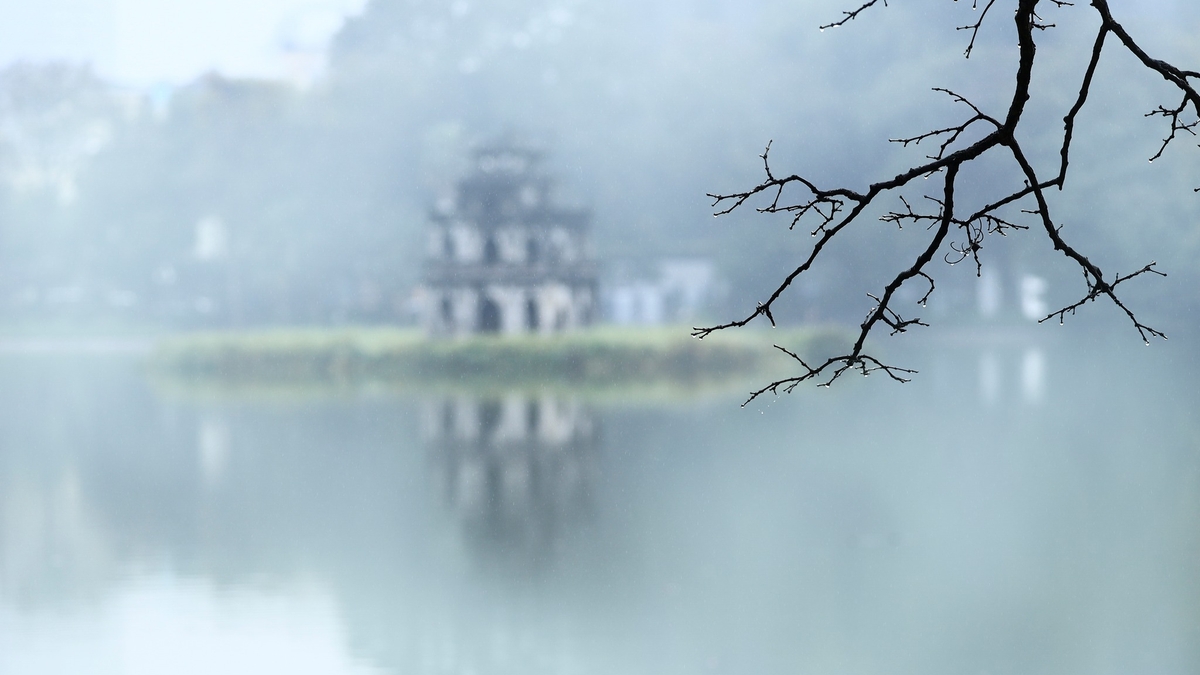
![[Photo] National Assembly Chairman Tran Thanh Man receives Chairman of the House of Representatives of Uzbekistan Nuriddin Ismoilov](https://vphoto.vietnam.vn/thumb/1200x675/vietnam/resource/IMAGE/2025/10/27/1761542647910_bnd-2610-jpg.webp)
![[Photo] The 5th Patriotic Emulation Congress of the Central Inspection Commission](https://vphoto.vietnam.vn/thumb/1200x675/vietnam/resource/IMAGE/2025/10/27/1761566862838_ndo_br_1-1858-jpg.webp)
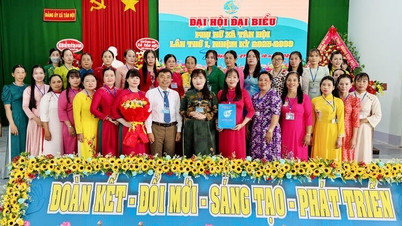



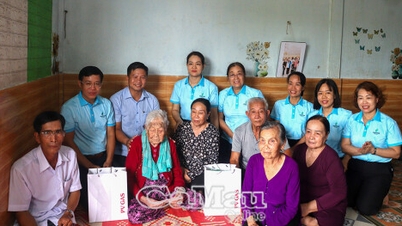



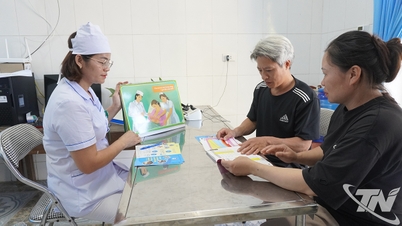

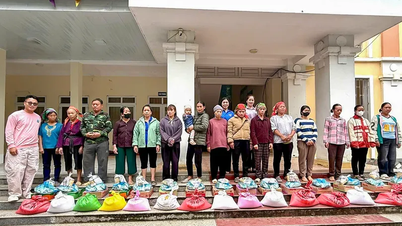

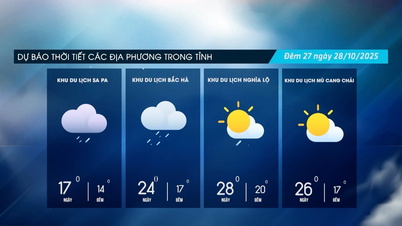
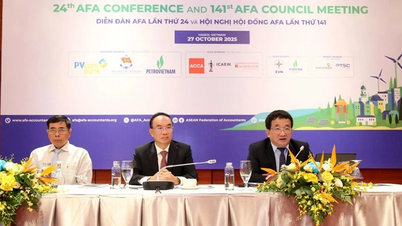
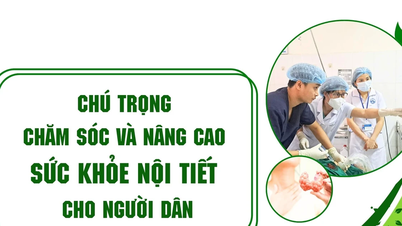
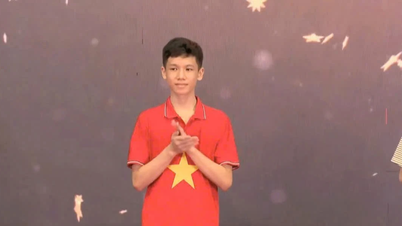

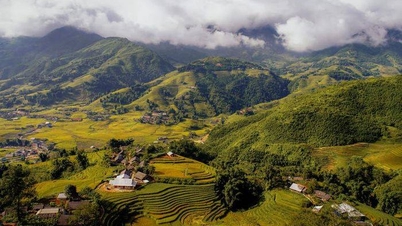





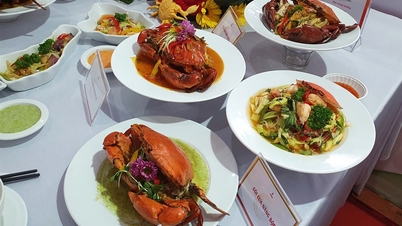
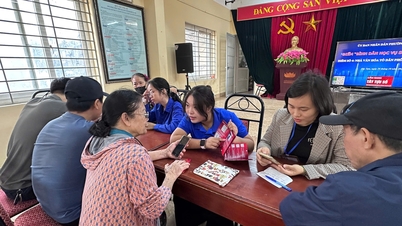
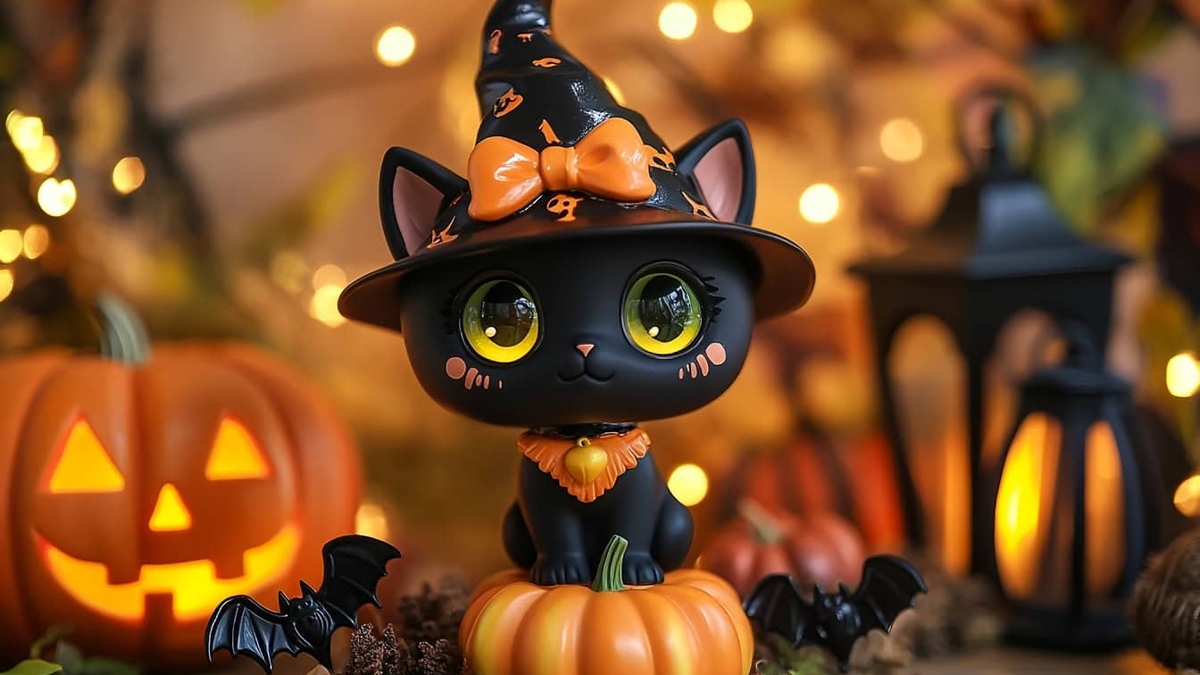



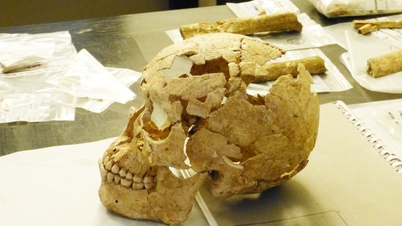





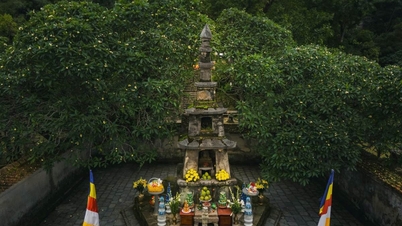

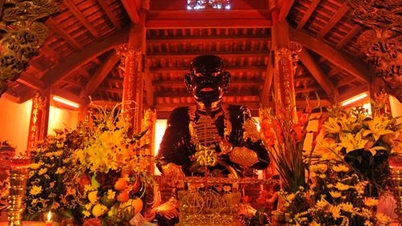

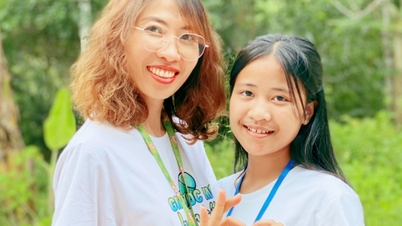


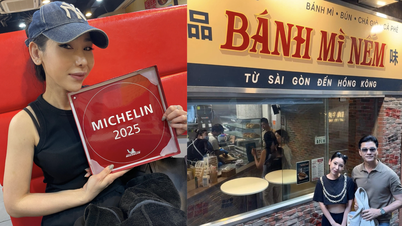

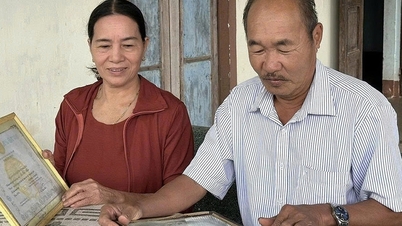
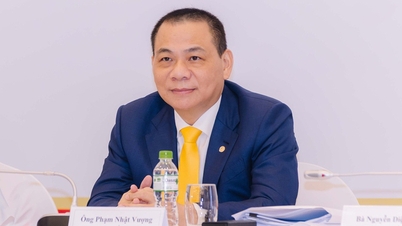

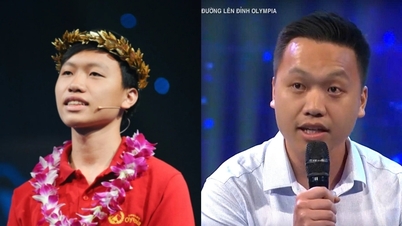
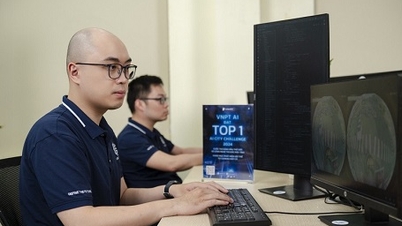


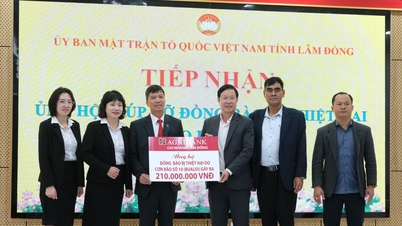






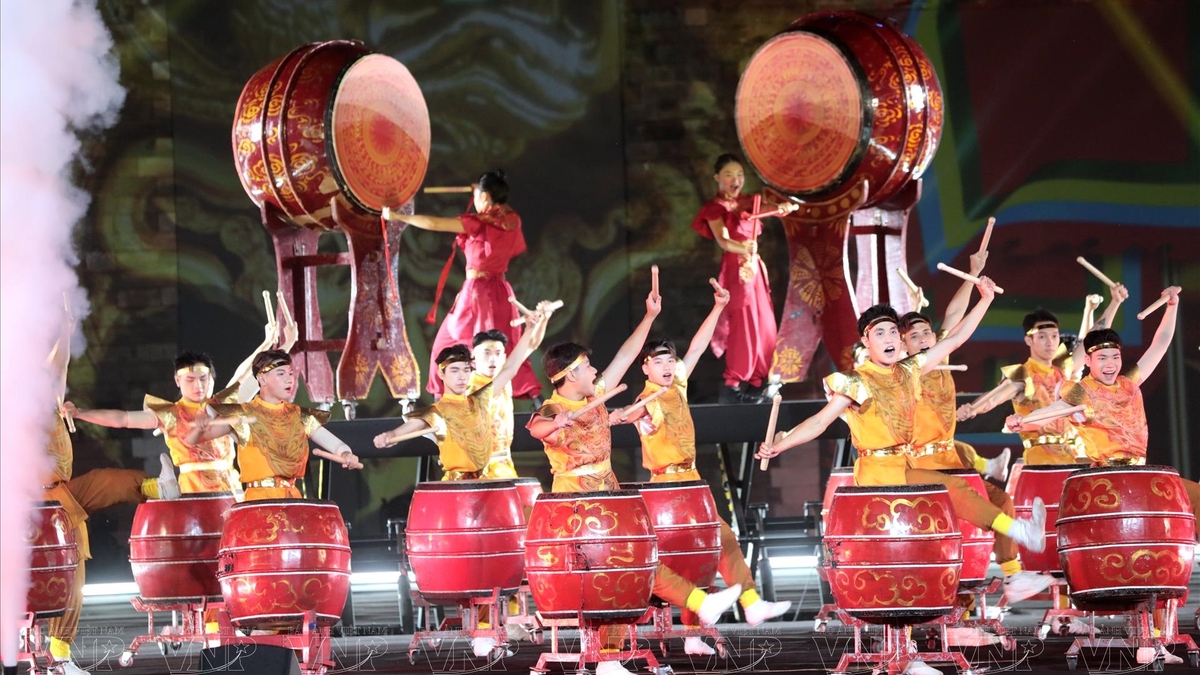
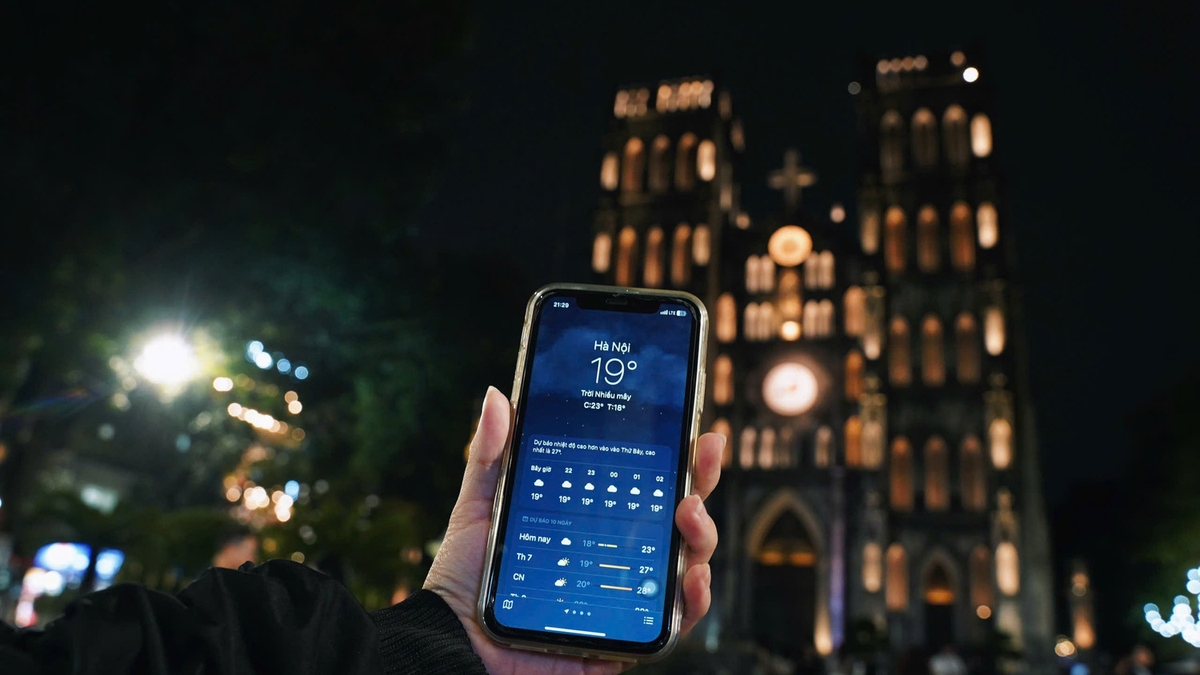
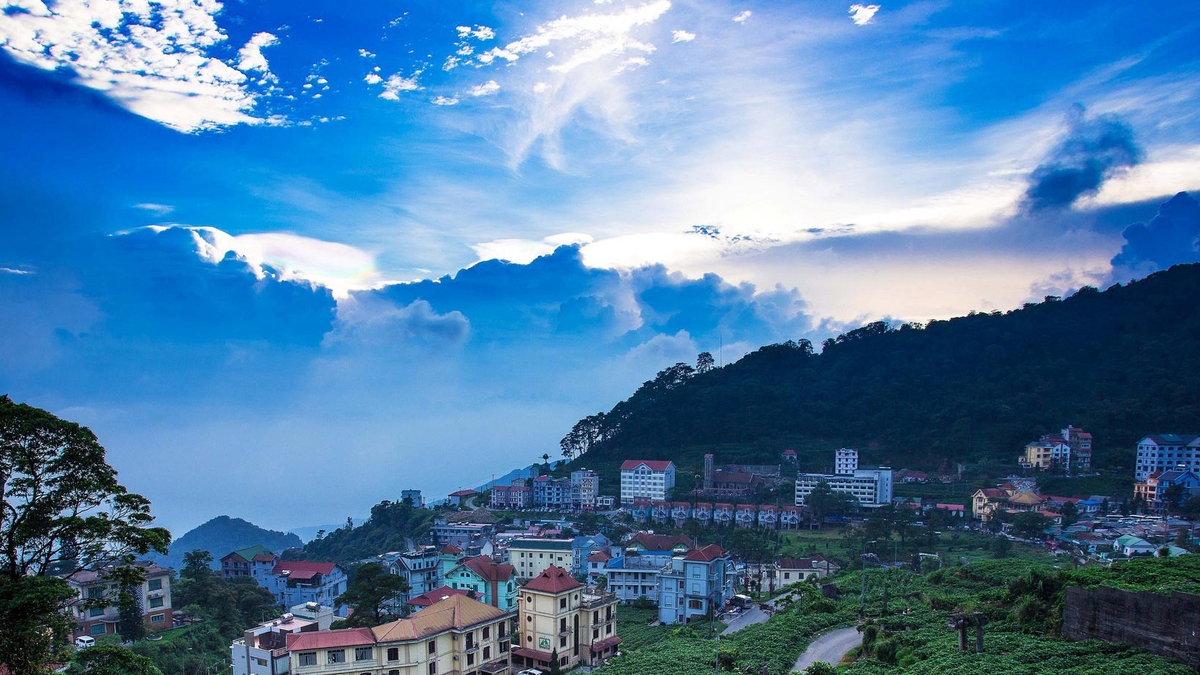
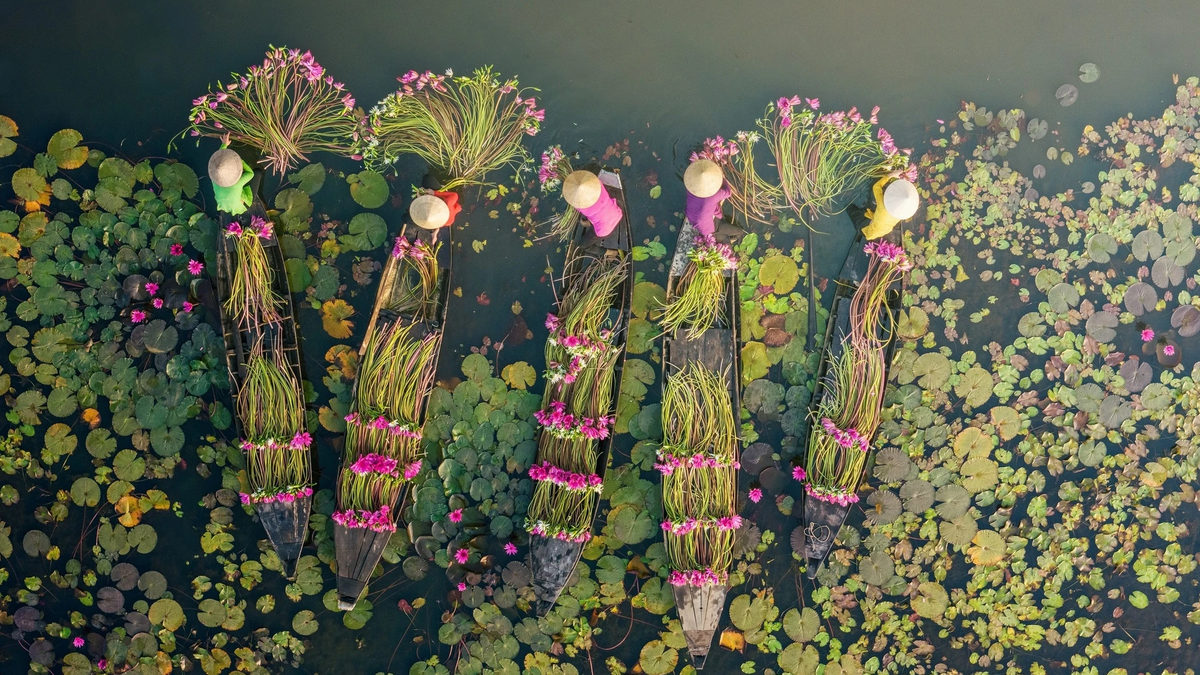
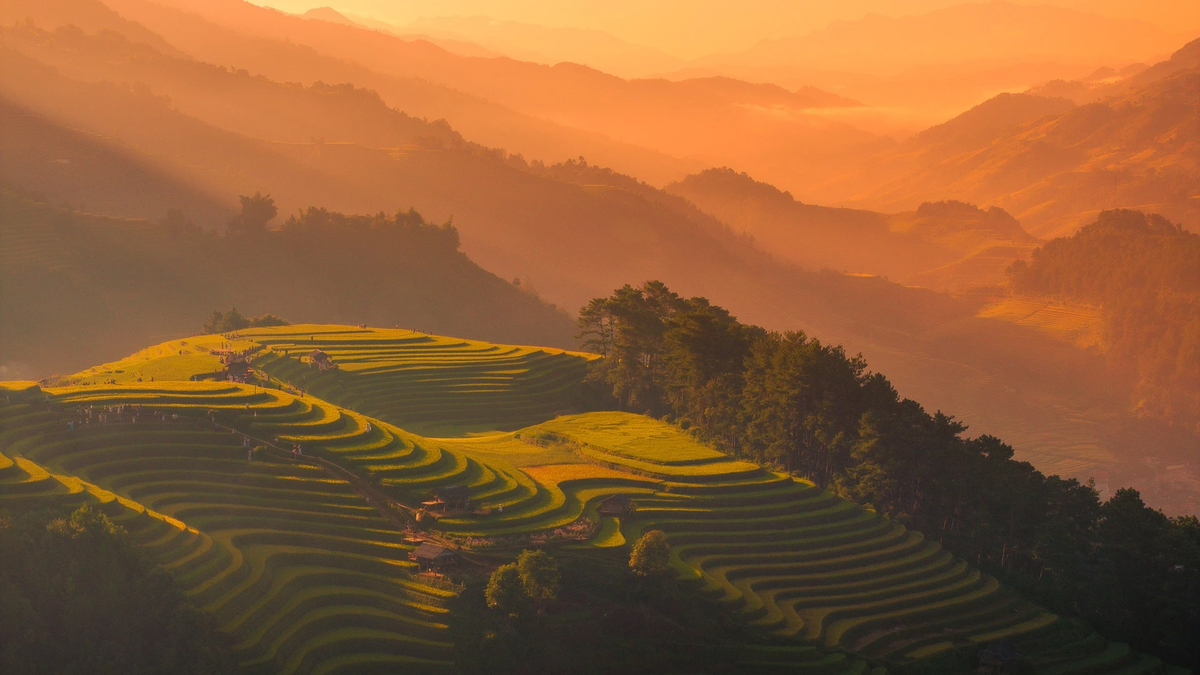
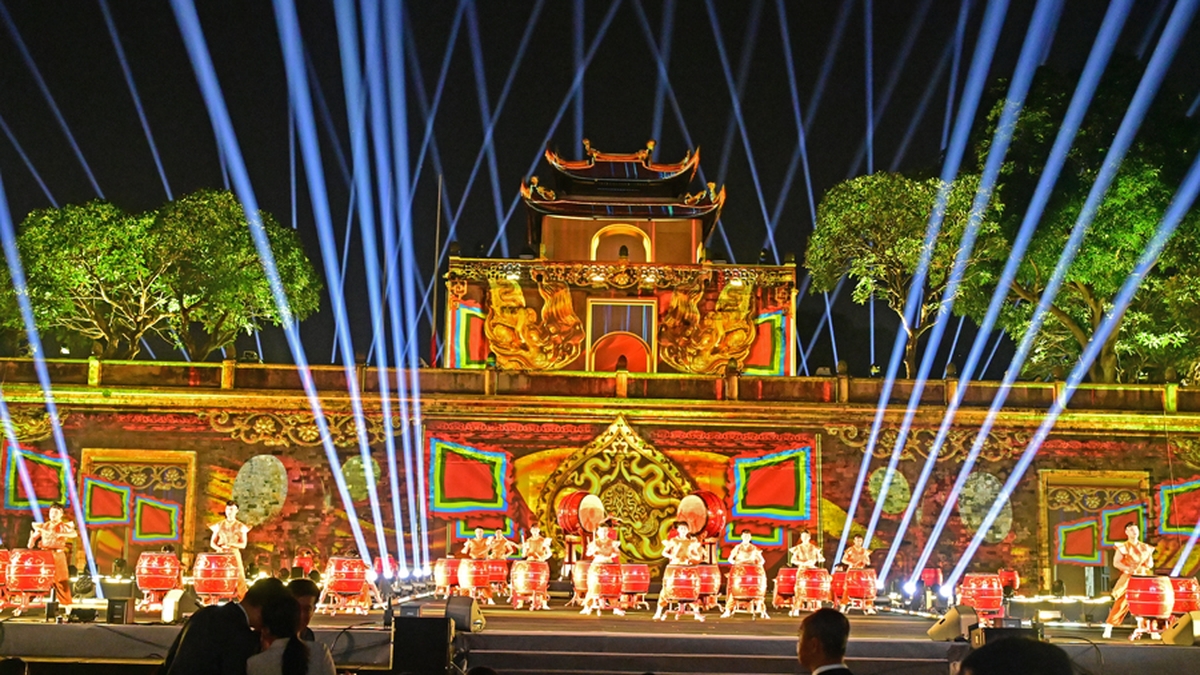
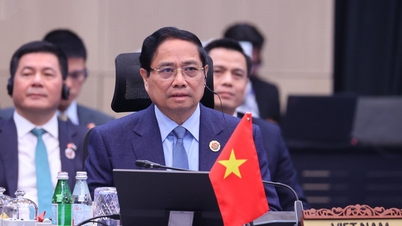

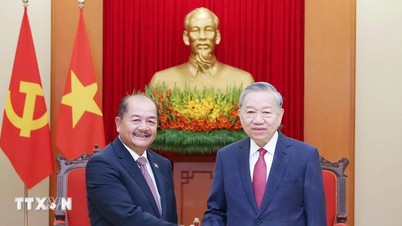

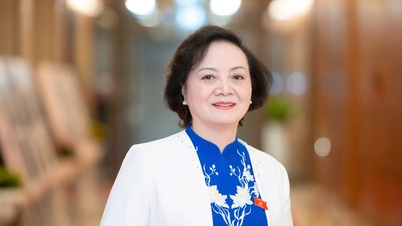

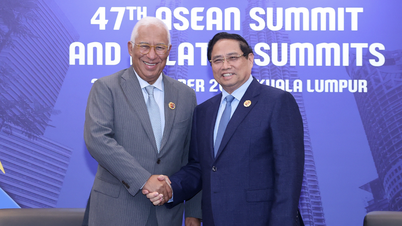
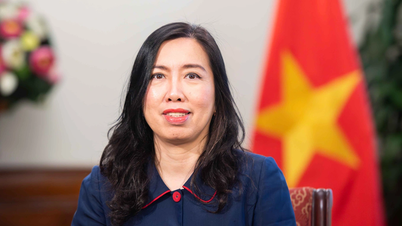
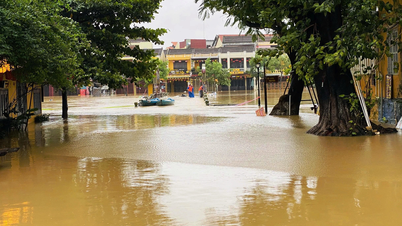

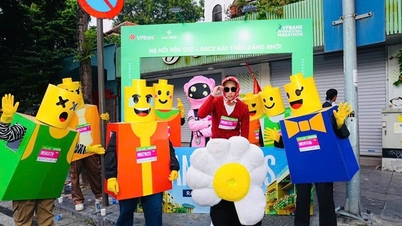


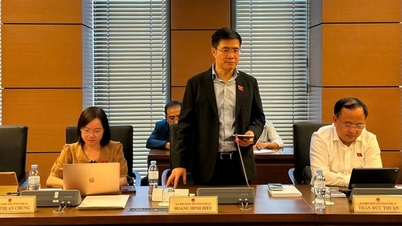
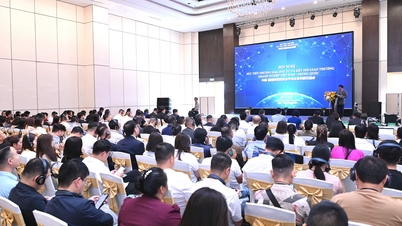

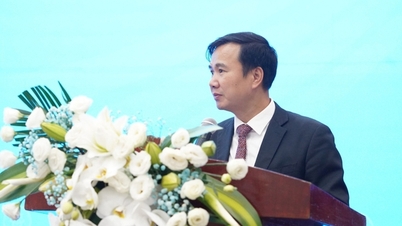
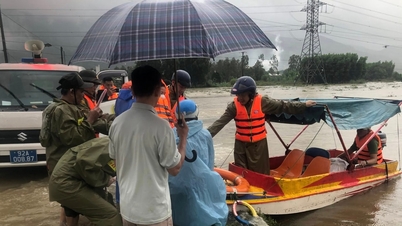

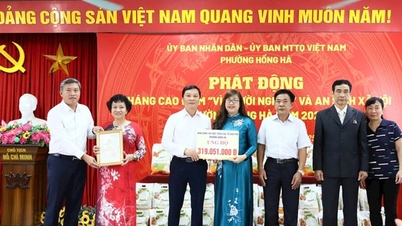

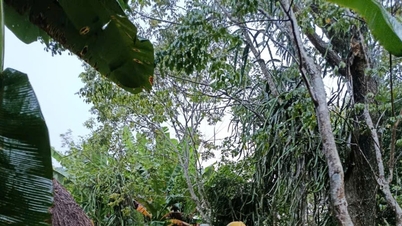
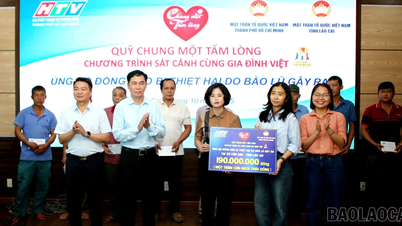
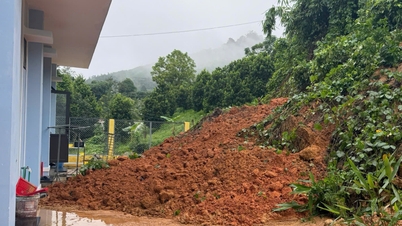

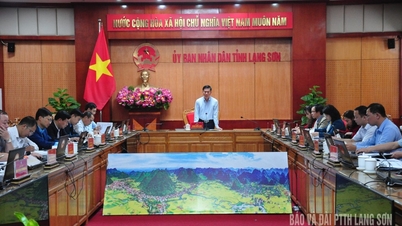






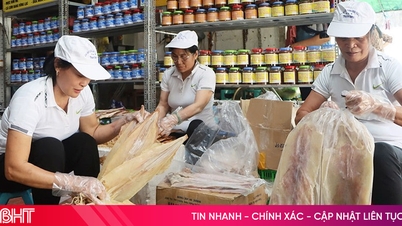







Comment (0)